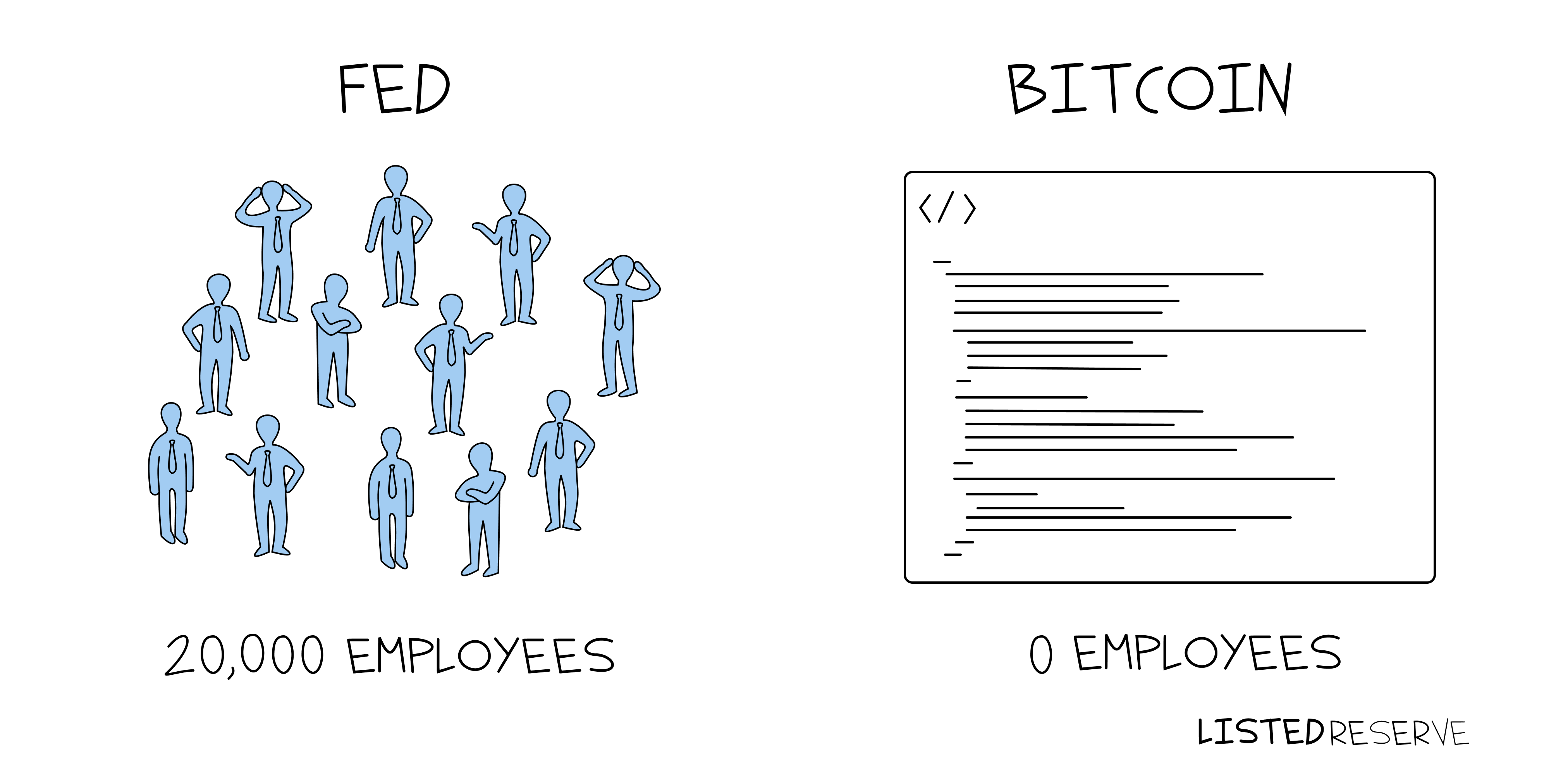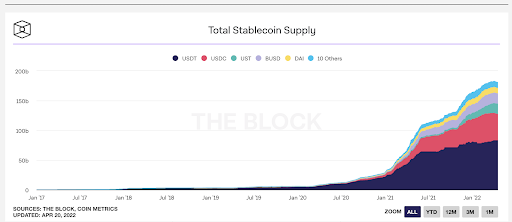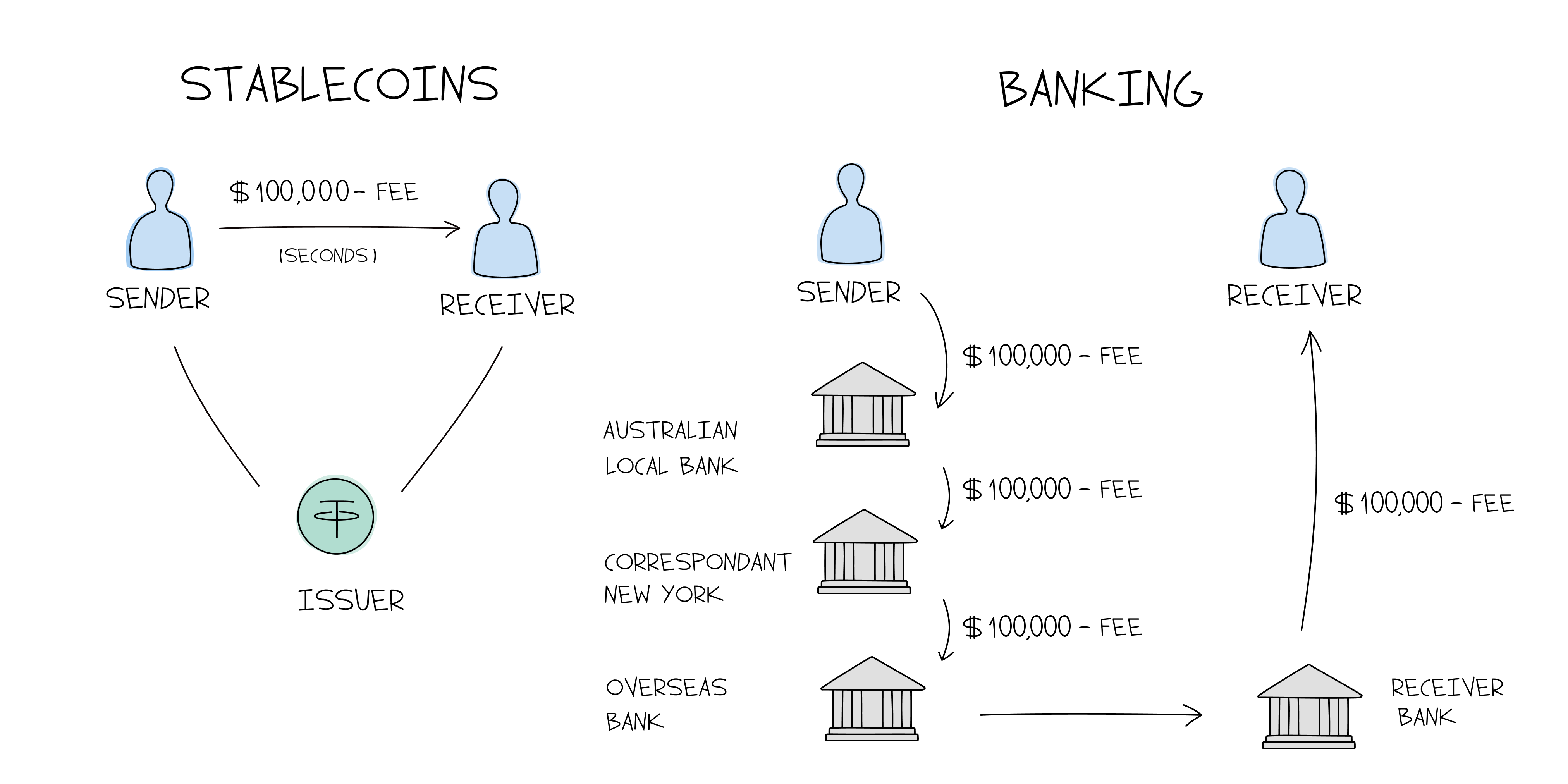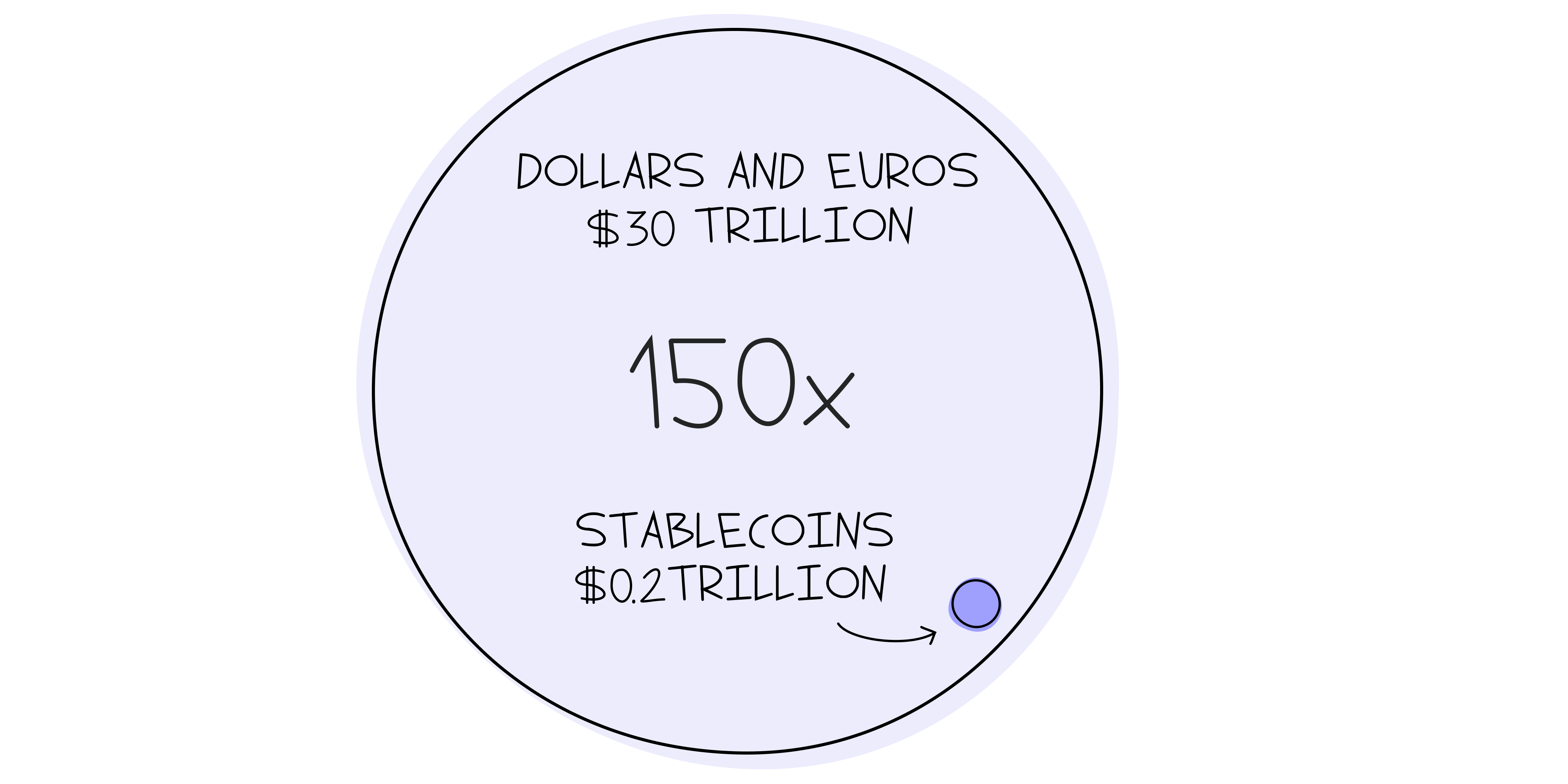A $5 billion to $200 billion story in just two years
Software is confusing. In fact, very few people have actually “seen” the code that drives much of the modern world.

This code above is not yet famous but one day will be, and it will be taught in schools across the globe. It is the five lines of code that govern the money supply of the world's largest digital currency.
So what?
When it comes to software, most people don’t care how it works, only if it works. Like reading this, an activity supported by thousands of lines of code. You don’t care. It just works and most of us are comfortable allowing code to run our lives.
Software is particularly good at doing what it’s told. In this case, the Bitcoin money supply has a defined curve for the next 120 years, all the way to 21 million coins.
It doesn't matter who the government is, if there is a war or a famine, this money supply will follow the code. That is why it is so tremendously valuable; it is the software that makes this money supply politically agnostic, its number one feature.

Stable code, stable coins
Looking across the digital asset spectrum we can see other examples of people selecting software solutions over alternatives. Stablecoins are a terrific example.
In two years, their supply has risen from $5 billion to almost $200 billion, so they must have some attractive features.

In essence, a stablecoin is a cryptocurrency designed to have a stable price, typically through being pegged to a commodity or currency or having its supply regulated by an algorithm.
Usually, these assets are then backed by fiat currency in a traditional bank account, or in some cases bonds and other assets. Sometimes, stability is regulated by an algorithm.
Using them is simple and if I wish to send US$100,000 to someone else around the world, a stablecoin will achieve that goal in seconds and you will pay a small fee.
If you use a bank, it will take 3-4 days. That’s because all US dollar transfers are routed through New York, so your money will go there first before being sent on to its final destination via a correspondent banking relationship.
It is archaic and strange that these transfers should take as long today as they did in the 1970s. No wonder then that there is massive selection in favour of stablecoins.

Are stablecoins safe?
This is an interesting question. How do you actually know a stablecoin is backed by cash? Most major providers are now audited and have their cash backing verified quarterly. However for some people that is not sufficient. The largest stablecoin above, Tether, is only 80% backed by cash with the balance made up of corporate and government bonds.
More recently algorithmic stablecoins have launched with different kinds of asset backing (including bitcoin). Backing stable assets with volatile instruments is risky, and not yet proven. Stablecoin Terra recently dropped to 70 cents in the dollar when digital asset markets took a plunge.
The question almost nobody asks though is what about your own bank balance? Is that backed by cash? Answer, no. In fact retail banks reserve requirements are unbelievably low. In Australia the liquid reserve held by retail banks is tiny and bank runs can happen as we saw in the UK in 2008.
Indeed, when the Federal Reserve researched their own stablecoin, one of the risks they highlighted was that everyone would immediately choose the CBDC over the traditional dollar, simply because it would have 100% backing whereas traditional dollars do not.

Prima facie, because of the superior asset backing, fiat-backed stablecoins are actually a lot safer than bank accounts. In fact they are not because they do not benefit from any government guarantee but on their raw merits, they are a superior asset. Again, software is just better than antiquated banking mechanisms.
The real proof of superiority is that every meaningful central bank is preparing to launch a digital currency, because all of them know they must improve. All of that is being driven by the superior performance of the competitor distribution mechanisms of their own currencies, the stablecoins.
Scale of the opportunity

It has been a terrible week for the stablecoin story, but it changes nothing. There is a huge market for them, they are fast and easy to use and we expect them to continue to take market share from other monetary instruments.
What we are seeing today is experiments in a live environment, some of those experiments will succeed and achieve extraordinary scale the size of entire economies, others will fail in spectacular explosions.
That is in fact how capitalism is supposed to work though we appear to have forgotten that in most traditional markets.
Never miss an insight
If you're not an existing Livewire subscriber you can sign up to get free access to investment ideas and strategies from Australia's leading investors.
4 topics

